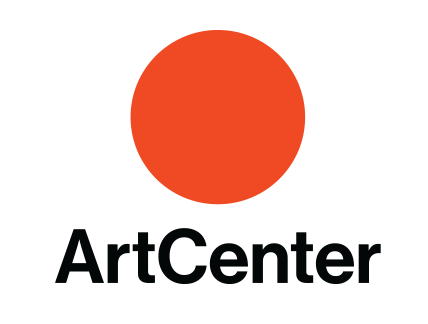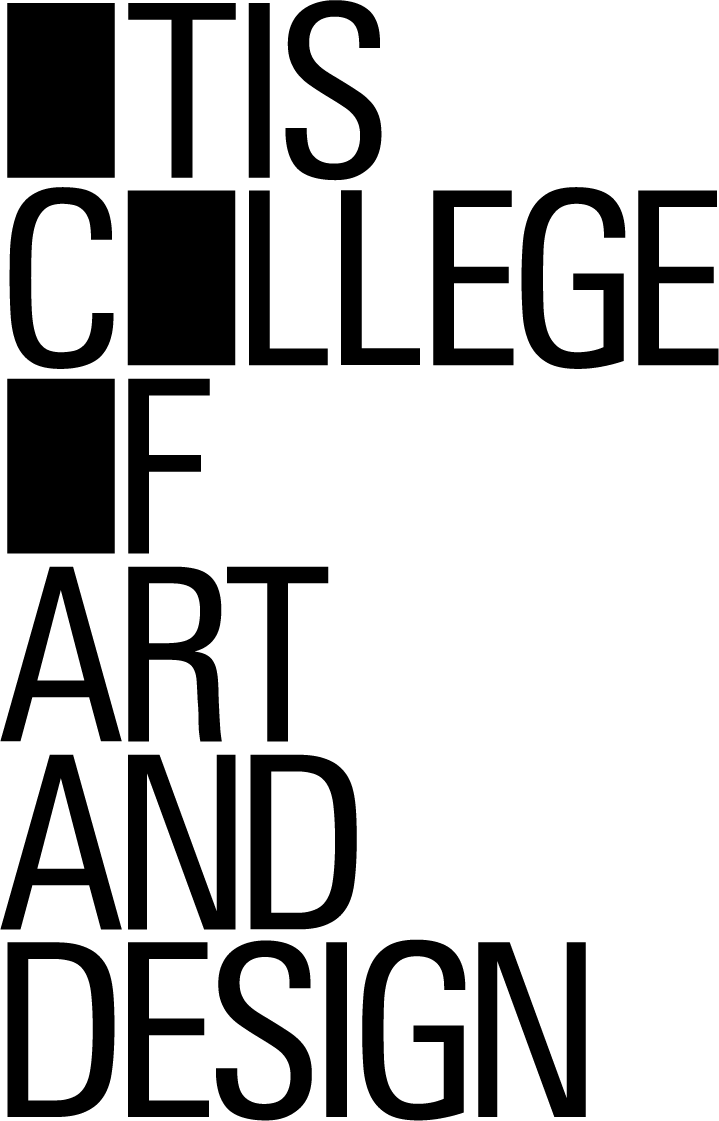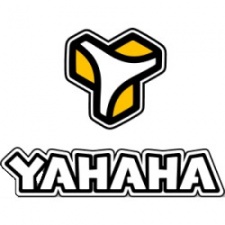Player Types and Game Mechanics
 On Saturday evening I taught a session of my introductory game production class at the Los Angeles Film School. I don’t normally teach on Saturdays, but we postponed a Tuesday night class to the weekend because that night I had been invited to give a lecture about Gamification and Learning to an Educational Technology class art Loyola Marymount University. So, this was one of those times when work spilled over into the weekend.
On Saturday evening I taught a session of my introductory game production class at the Los Angeles Film School. I don’t normally teach on Saturdays, but we postponed a Tuesday night class to the weekend because that night I had been invited to give a lecture about Gamification and Learning to an Educational Technology class art Loyola Marymount University. So, this was one of those times when work spilled over into the weekend.
My Saturday lecture was about the human motivations that game designers tap into to make games engaging, and how designers should first determine what motivations they want the player experience to satisfy and then select devise the game mechanics that will create that play experience. (Novice game designers will often start planning a game based around game mechanics without consideration to the player experience, and that can lead to an unsatisfactory play aesthetic.)
For the lab following the lecture, I decided to have my LA Film School students do a gamification exercise similar to what I did for the LMU class earlier in the week. Not only did I think the exercise would be an good way to focus on the link between player motivations and game mechanics without the distraction of other game elements, but it gave me an excuse to use Andrzej Marczewski’s Gamification Inspiration Cards again.
I had my eight students that night break up into two teams of four, and each had to create a gamified system for solving one of several business problems I offered to them. Team One chose the task of training security guards to protect a building, and Team One selected the task of improving membership at a Health Club.
 My student’s next step was to create a three-stage “User Journey” for their system’s uses. Team One decided to have their security guards get started by entering into a training session; once guards were able to attain an 80% score on a Standard Operating Procedure test, they would then be assigned to the lobby station, where they had to check the ID’s of people entering the building; and if the guards were able to catch three “ringers” who had false ID’s, the guards were promoted to making security rounds throughout the building.
My student’s next step was to create a three-stage “User Journey” for their system’s uses. Team One decided to have their security guards get started by entering into a training session; once guards were able to attain an 80% score on a Standard Operating Procedure test, they would then be assigned to the lobby station, where they had to check the ID’s of people entering the building; and if the guards were able to catch three “ringers” who had false ID’s, the guards were promoted to making security rounds throughout the building.
Team One elected to pursue Players, who are motivated by rewards. This is the gamified system they devised:
- Onboarding: New guards would take a series of tests on Standard Operating Procedures. They would receive achievement badges for answering various categories of questions correctly, and for each badge they earned, they could enter a lottery for winning prizes. If the trainees answered 80% of their test questions properly, they would move on to the next phase.
- Habit Building: After passing training, guards would be stationed in the lobby, where they would check employee ID’s. However, to test the guards’ diligence, “ringers” would occasionally arrive with false ID’s. The narrative provided to the guards that these were Ninjas who were trying to infiltrate the building. Guards who spotted the “Ninjas” with the false ID’s would be recognized on a leaderboard, and if they spotted 3 Ninjas, they would move on to the final phase.
- Mastery: Guards who graduated from the lobby station were assigned to patrol the building. They worked under a time limit mechanic for completing their rounds, and if they did, they would receive rewards, such as vacation time.
 Team Two created a User Journey in which health club members were on-onboarded by filling out a membership form; they then developed the habit of visiting the health club through incentives for using the basic equipment; and when they achieved mastery, they were able to use the advanced equipment.
Team Two created a User Journey in which health club members were on-onboarded by filling out a membership form; they then developed the habit of visiting the health club through incentives for using the basic equipment; and when they achieved mastery, they were able to use the advanced equipment.
Team Two elected to pursue Achievers, who are motivated by Mastery. Achievers are looking to learn new things and improve themselves; they want challenges to overcome. Here is the gamified system they devised:
- Onboarding: New customers would be recruited through signposting via advertising. Once they come into the location, they would be shown tutorials about using the equipment.
- Habit Building: After signing, new customers would be allowed to use the Basic exercise equipment. As they gained experience with the equipment, they would gain points and level up to new ranks. Upon receiving a certain rank, they would move on to the final stage.
- Mastery: Customers who achieved mastery with the Basic equipment would be allowed to use Expert equipment. They would earn achievement badges for repeated use of categories of equipment, but if they failed to come into the club regularly, they would lose the right to use the Expert equipment and have to go back to the Basic equipment until they regained their rank.
Team One elected to have a single spokesman to “pitch” their gamification proposal to me, whereas Team One presented their proposal as a team effort. However, both did an excellent job and earned a full 100% grade for the assignment, and I think they learned about the importance of finding the right game mechanics to motivate different types of players.
What impresses me most about this assignment is that even though they are Game Production (and not Business or Marketing) students, my students always seem to enjoy gamifying a business problem. But perhaps I shouldn’t be surprised. After all, gamification is all about finding the fun in a non-game activity.
Posted on February 9, 2015, in Game Design, Gamification. Bookmark the permalink. 2 Comments.






So what do you think about programmers? What kind of players they are? And how implement the proper game mechanics in gamifiation platform like http://getbadg.es?
Thanks for reply.
I’ve worked with a wide variety of programmers — men, women, introversive, extroversive, meticulous, sloppy (they didn’t last long), ambitious, not so ambitious. I don’t think I could pigeon-hole them into any one (or event multiple) player type. As for get badge.es, I haven’t had a chance to look into it yet, but it’s on my to-do list.